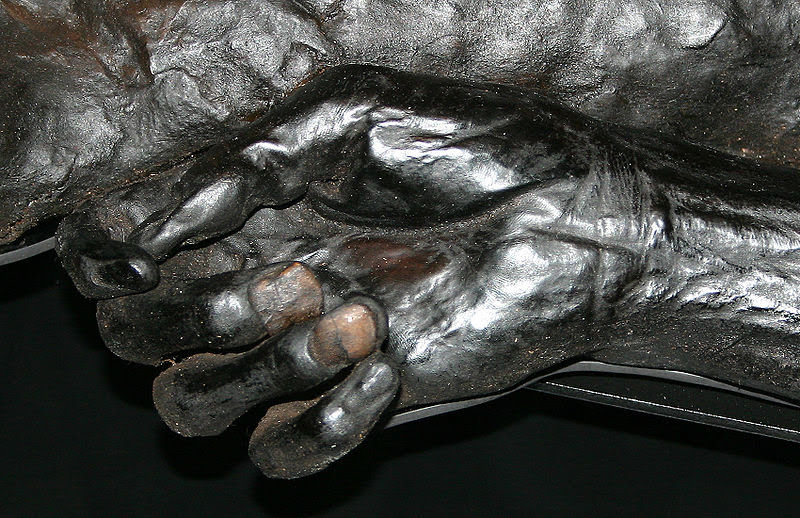Bogs and Bodies

Digging Peat
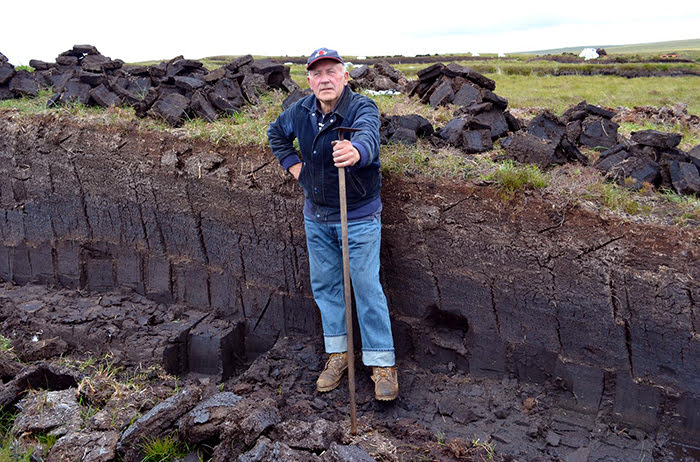
Digging Peat
Two-Man Team Digging Peat
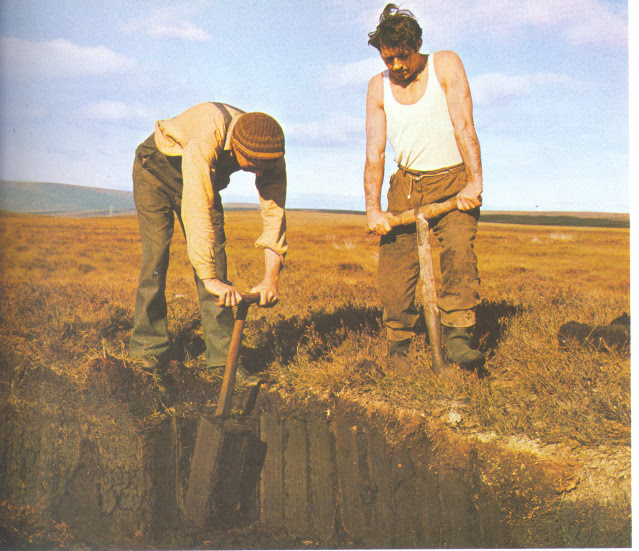
Digging Peat
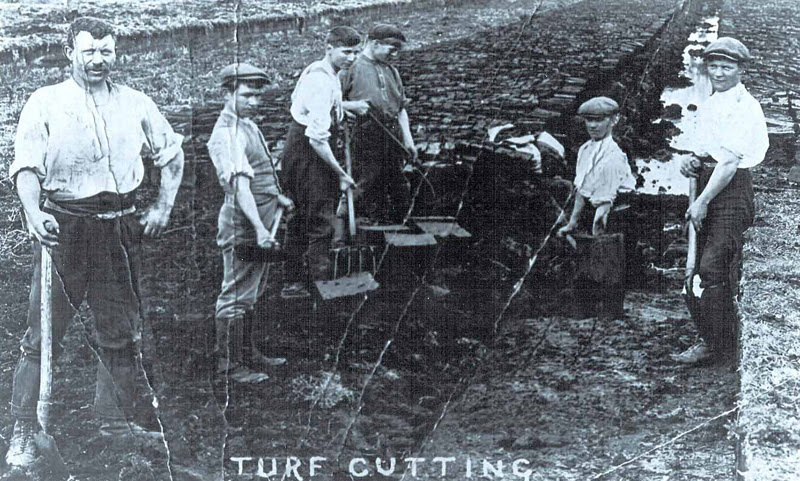
A Group in the 1920s Digging Peat
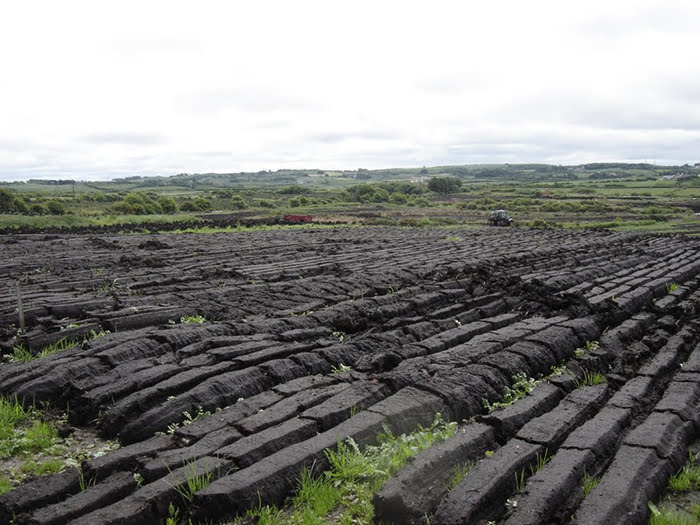
Peat Drying

Peat Drying

Peat Drying
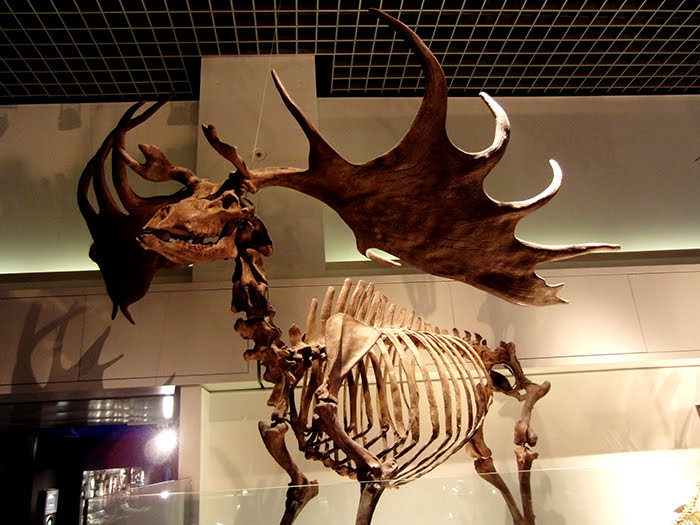
A Great Irish Elk, up from a bog

P.V. Glob's influential book
The Bog People: Iron-Age Man Preserved was one of the first anthropological books on bodies recovered from bogs in Northern Europe, and was certainly the most accessible and popular book of its kind. It was first published in Danish 1965, then translated into English in 1969. Initial reviewers noted that Glob was "at his best, building-up, in detective-style fashion," a picture of ritual behavior in the Iron Age. Since its initial publication, it has come to be considered a classic in the field, although many of Glob's conclusions have since been superceded.
In Glob's text, Heaney found a way to address the current political situation in Northern Ireland ("The Troubles"), as he connected the violence of the ritual sacrifices in Glob's work to the sectarian violence in his homeland.
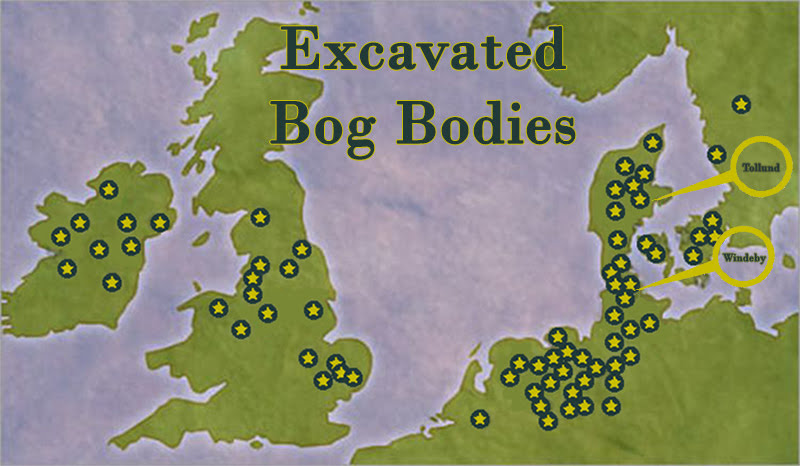
Map highlighting the locations of the bodies below
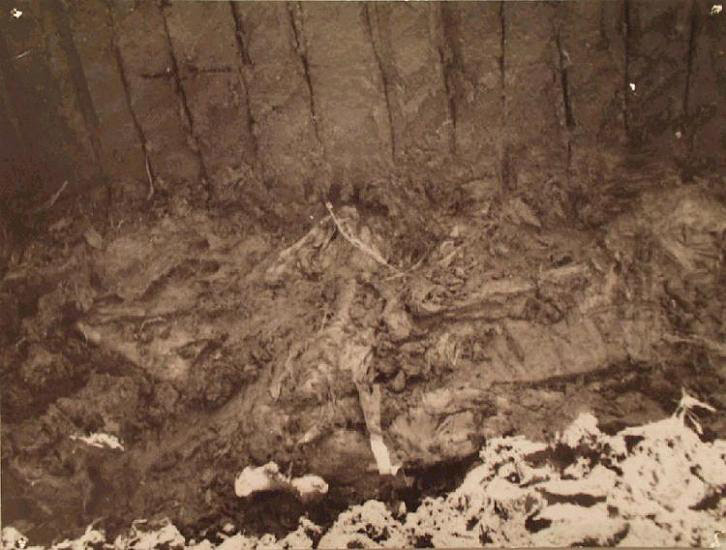
The Tollund Man en situ
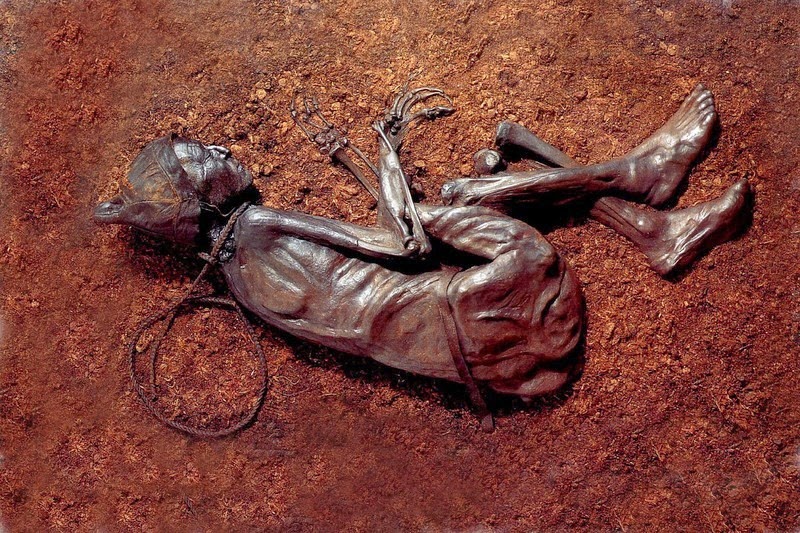
The Tollund Man
Death: 400-300 BCE | Found in Aarhus, Denmark in 1950
He is renowned, even beloved, for the gentle expression on his impeccably preserved face. The noose around his neck makes clear that, like other Iron Age bog bodies, he was killed. However, following that violent, act he was carefully laid in a restful pose, like a sleeping child.

The Head of the Tollund Man

The Head of the Tollund Man
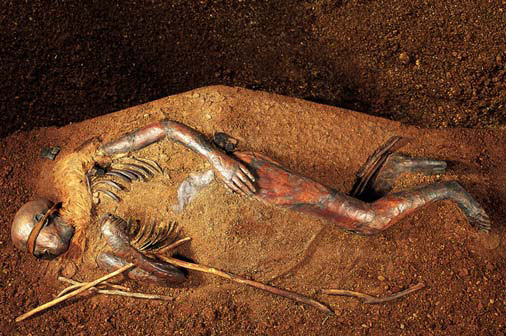
Windeby I
Death: 41 BCE - 118 CE | Found near Windeby, Germany in 1952
Many bog bodies were interpreted as people in disgrace, supposedly punished with torture, execution, and burial in the bog instead of cremation, the customary Iron Age practice. The Windeby Girl was thought to be an adulteress whose head had been shaved in a manner described by the Roman historian Tacitus. A body found nearby (Windeby II) was identified as her lover.
Originally, archeologists—Glob among them— concluded that Windeby I had died an unnatural death sometime during the 1st century CE. The body seemed to have been prepared for death in a number of unusual ways. Half of the head had been shaved of hair, and a woolen headband had been used to blindfold the eyes. There was also a collar placed around the neck. As a result of these special preparations, most researchers agreed initially that Windeby I was not sacrificed to the gods, but was executed for some violation of the rule of the tribe. They suspected that the person was drowned in the bog, held down in perhaps twenty inches of water by some branches and a large stone.
However, after DNA testing in 2004 (unavailable to Glob), this body was revealed to be that of a 16-year-old boy, who probably died of malnutrition.

The Head of Windeby I
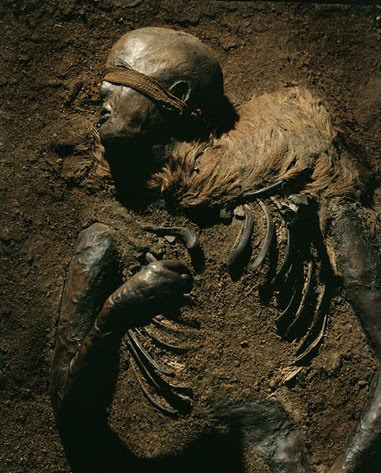
Another view of Windeby I
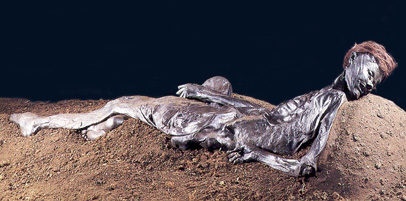
The Grauballe Man
